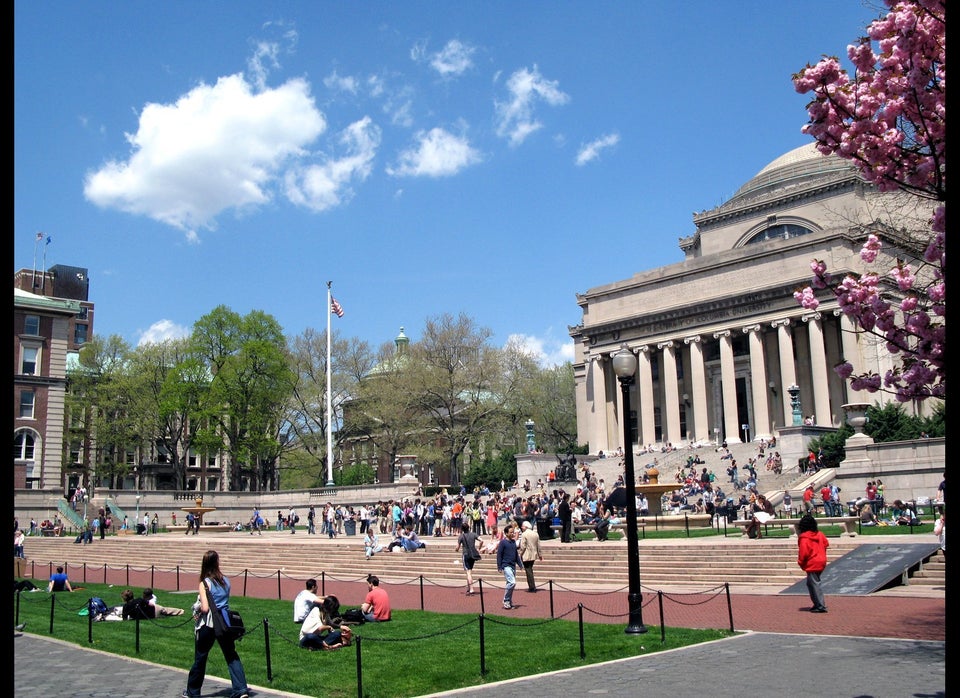
If Earl’s Snack Shop hadn’t stepped in at the 11th hour, Kanu o ka Aina Public Charter School on the Big Island might not have been able to feed its neediest students this school year.
It wasn’t until a few weeks before the school year kicked off that Taffi Wise, Kanu o ka Aina’s business manager, was notified that the school could no longer get its meals from the Hawaii Department of Education.
The DOE was trying to address a scathing internal audit, published a few months earlier, that found that the department was wasting millions of dollars on its food services program, whose budget last year was about $92 million.
The January audit reads a lot like a 2012 state audit that revealed the department had lost control of its school bus budget, which nearly tripled to $75 million between 2006 and 2012.
So, in an effort to clean up its food finances, the DOE told charter schools to figure out their own arrangements for meals, which include breakfast and lunch, according to state Charter School Commission Executive Director Tom Hutton.
The only charter schools exempt from the change are those that share cafeteria facilities with regular DOE schools.
“We had always been allowed to purchase (the food) from the DOE,” said Wise, who noted that describing the school's last-minute efforts to figure out how to feed its students as a "scramble" is an understatement.
The charter schools pay for the meals but, like regular public schools, get reimbursements from the U.S. Department of Agriculture for poor students who, depending on family income, receive free or discounted meals. The state charges students $3.50 for regular-priced lunches.
Most of the state’s 32 charter schools already had their own food programs before the change, in many cases because they simply couldn’t afford the DOE’s meals and the federal reimbursements didn’t suffice. (Schools pay about $5 for a single unsubsidized DOE lunch this year, with the federal government covering just $3.43 or $3.03 of a free or discounted lunch, respectively, and the state and families paying the rest.) A few charter schools simply don’t offer food on campus because they can’t scrape together enough funding, which can add up to hundreds of thousands of dollars a school year.
But eight charter schools were paying the DOE to provide meals, in many instances because it was their only choice. In rural parts like Waimea — a sleepy paniolo town nestled amid rolling pastures in the Big Island’s northern corridor — there simply wasn’t a viable food vendor in town.
Hutton said the food dilemma is just one by-product of a budget hole that plagues all charter schools. Unlike regular public schools, charter schools don’t get funding from the state to pay for their buildings and other facilities, meaning that they’re entirely reliant on their per-pupil budget.
Regular public schools receive an average of about $12,000 per student from the state. This school year charters received a little more than $6,000 per student. If charter schools received money for facilities, Hutton suggested, some of them might consider setting up their own kitchens for in-house meal programs.
“So many issues always come back to the facilities problem,” Hutton said.
At Kanu o ka Aina, nearly two-thirds of the students qualify for free or discounted meals. That’s pretty typical for Hawaii charter schools, which have a median of about three in five students on free or reduced-price meals.
Like Kanu o ka Aina, most of the state’s charter schools — 23 out of 32 — are considered Title I, a category used by the federal government to signal low-income schools.
When she found out that the school could no longer purchase DOE meals, Wise didn't know what to do. Luckily, Waimea’s a tight-knit community, she said, and was able to come up with a temporary solution just in time. "They just came through with flying colors,” she said.
Earl’s Snack Shop is providing food for the students who qualify for free meals, while students eligible for discounted meals are getting food subsidies from a school scholarship fund.
But the school only has enough money in the budget to pay Earl’s for the rest of the semester. Wise is working on raising funds to cover the poorest students’ meals after that.
Food is one of the most expensive line items on a school’s budget and can really add up when transportation and staff costs are factored in. Kanu o ka Aina, for example, spent about a half-million dollars — after federal subsidies — to provide meals during the last school year to about 260 students. According to Hutton, rough data show that charter schools as a whole spent about $4.2 million last year on food and related costs.
Hutton stressed that schools put a lot of money into offsetting the free and discounted meals, which can be especially burdensome in areas with few other food-vendor options. The Department of Agriculture has strict nutritional standards that can significantly drive up costs and reduce the number of certified meal providers.
Meanwhile, school officials stress that there are also drawbacks for the few charter schools that remain eligible to buy DOE meals. Hilo’s Ka Umeke Kaeo charter school, for example, has to serve its elementary school students lunch at 10:30 a.m. because the K-5 campus is housed on the same site as Keaukaha Elementary School, a regular public school.
Ka Umeke Kaeo relies on snack donations to ensure the students don’t get hungry by the end of the school day, according to Olani Lilly, the school’s facility planner.
